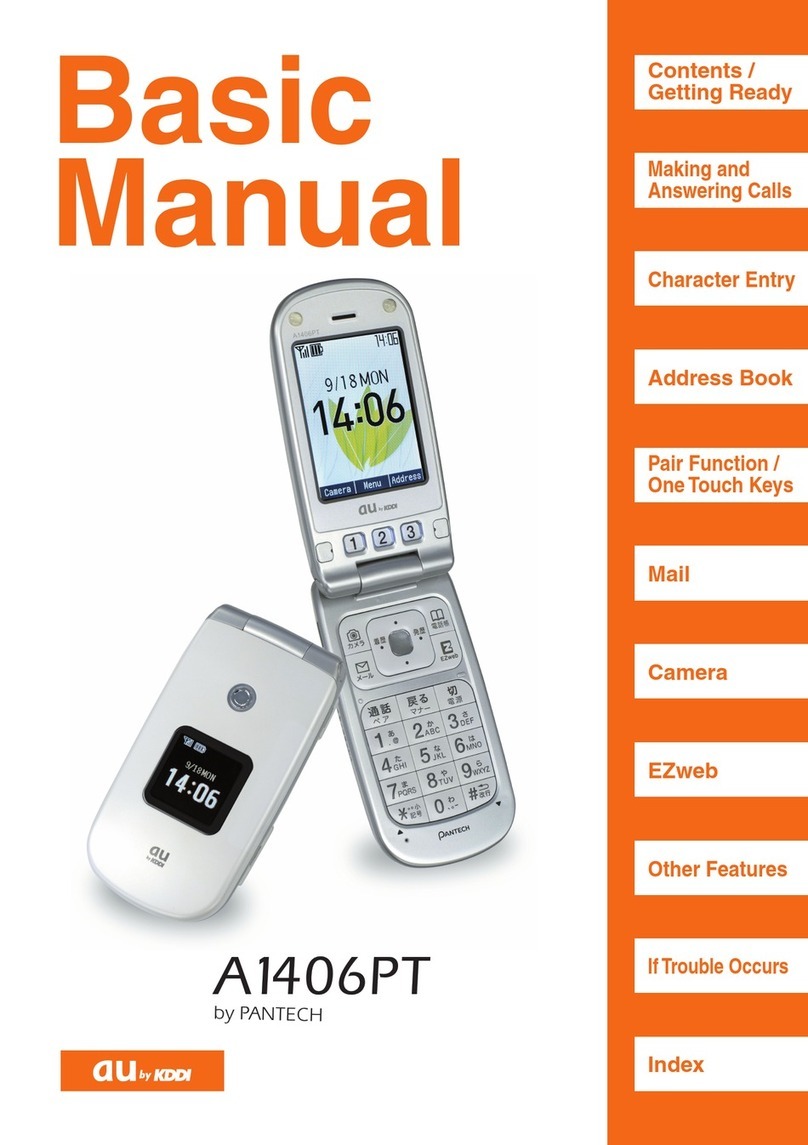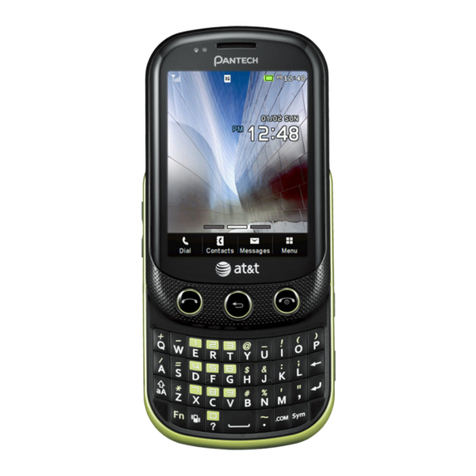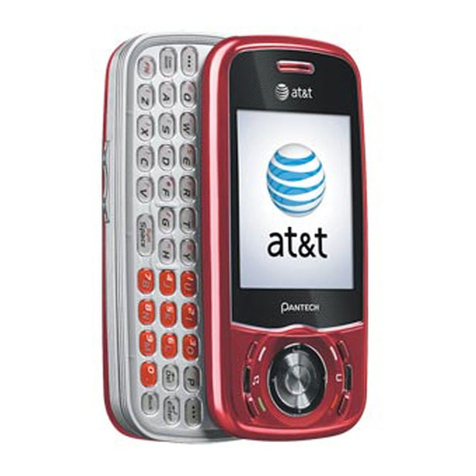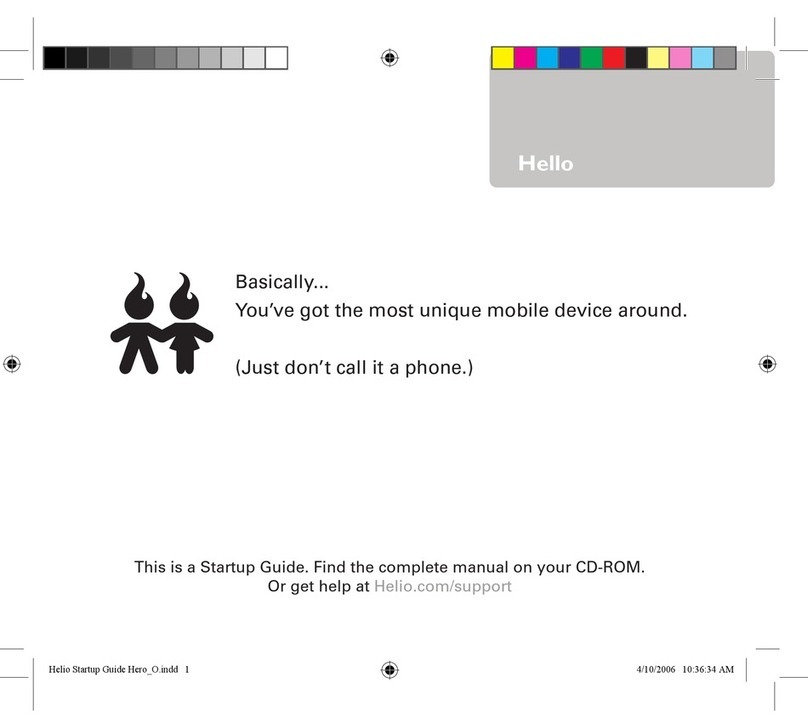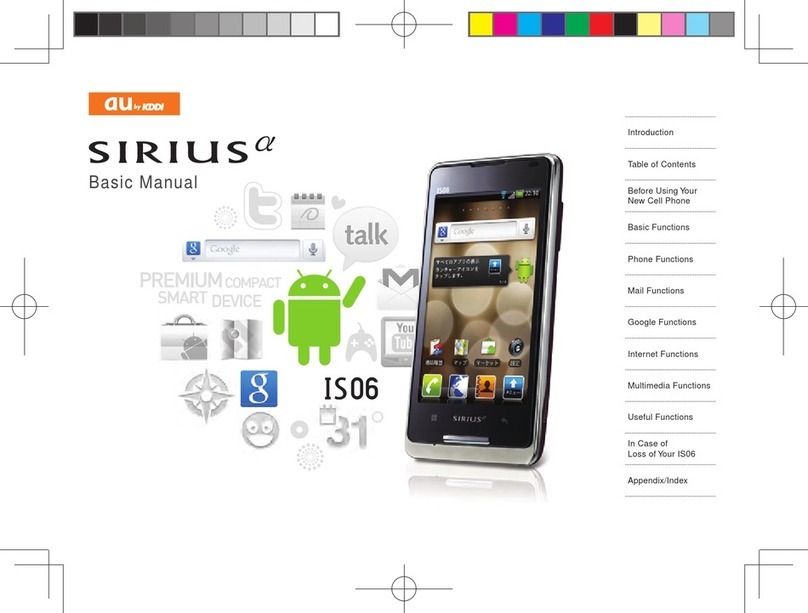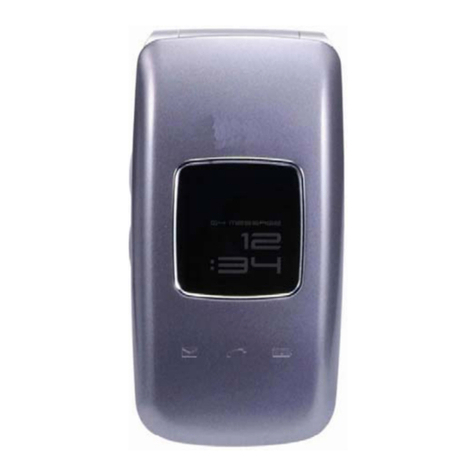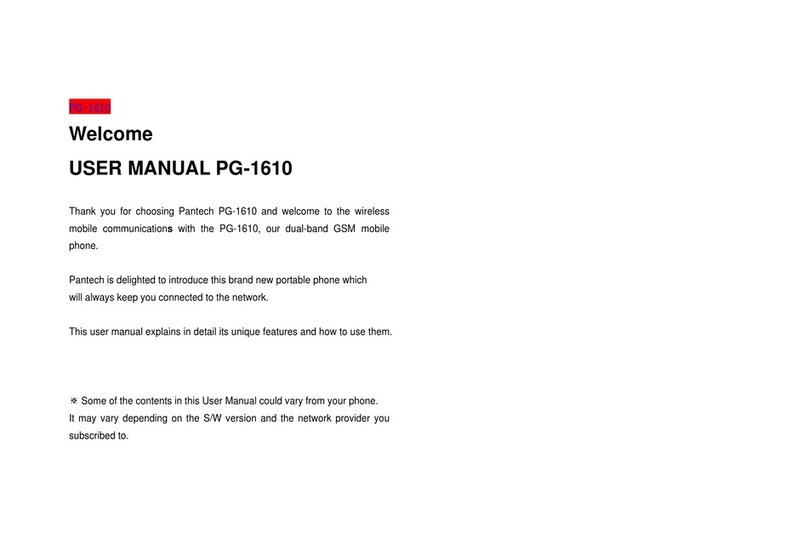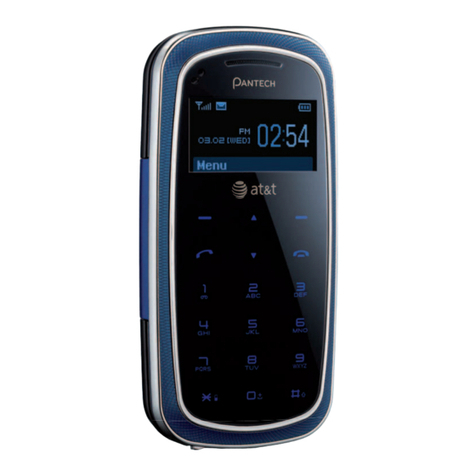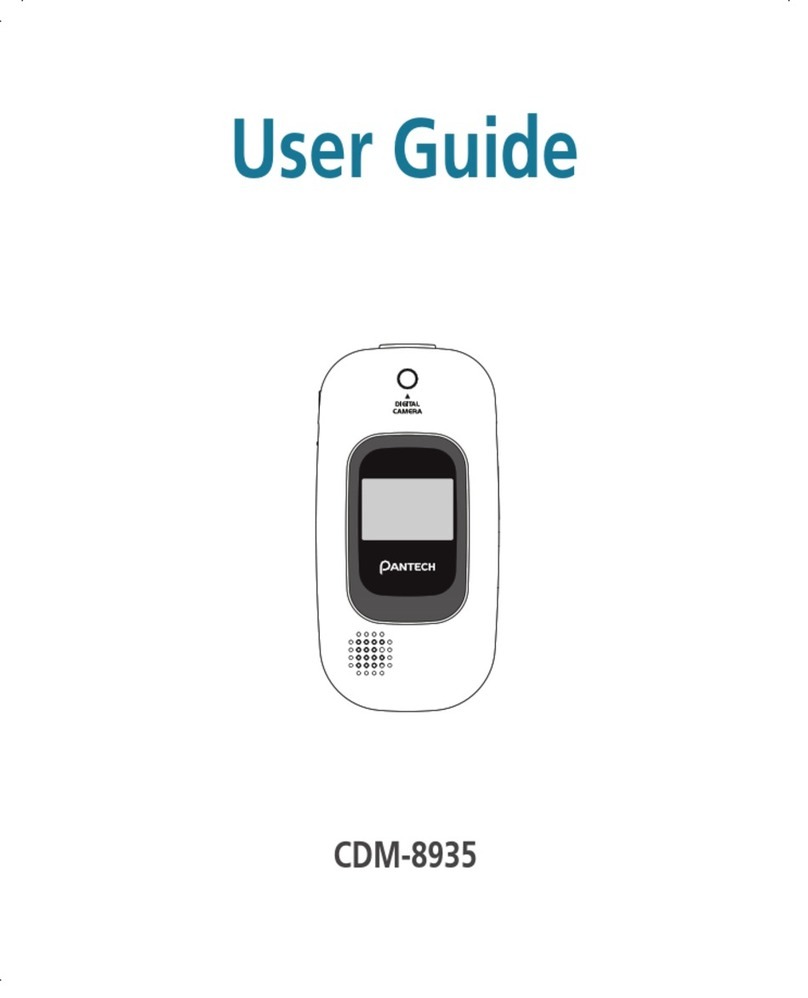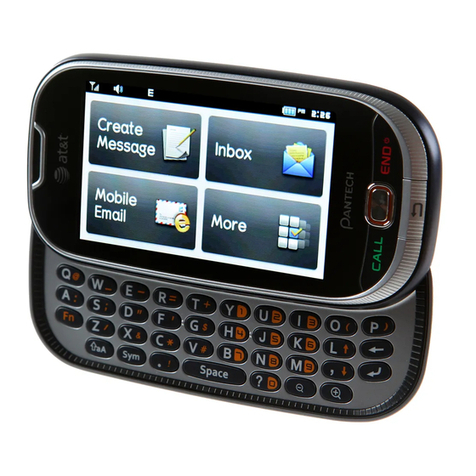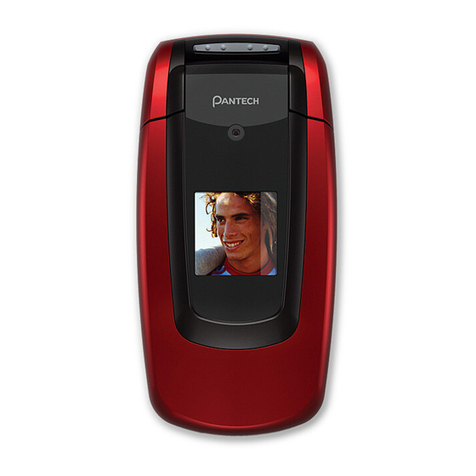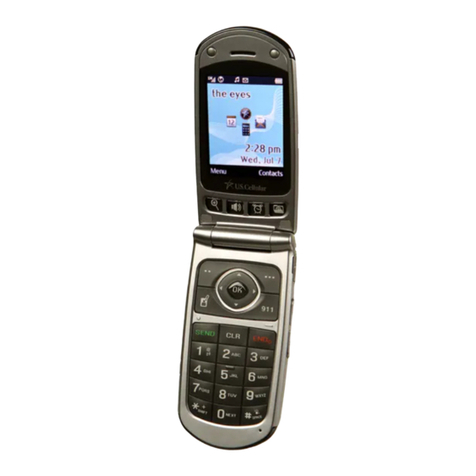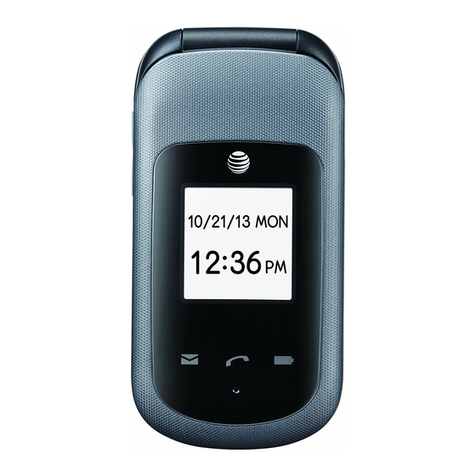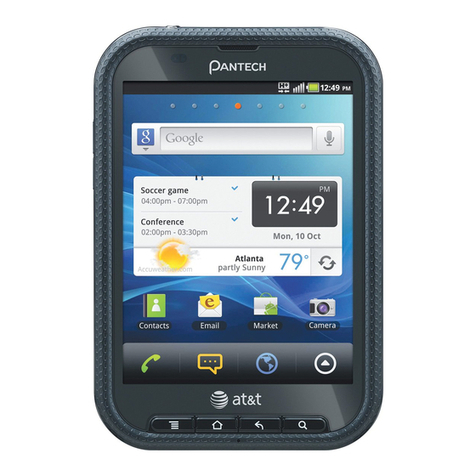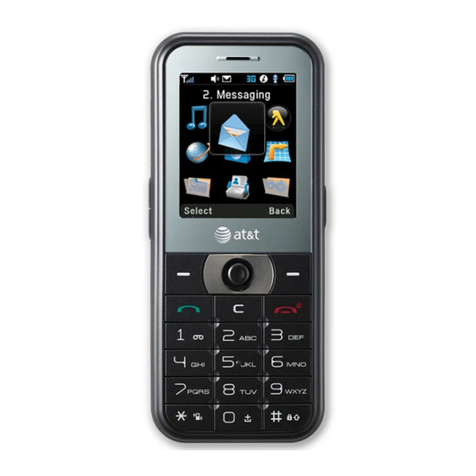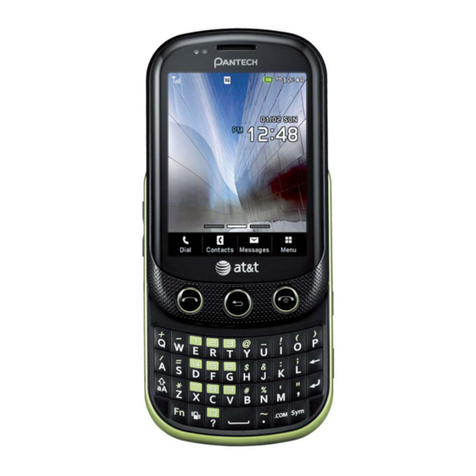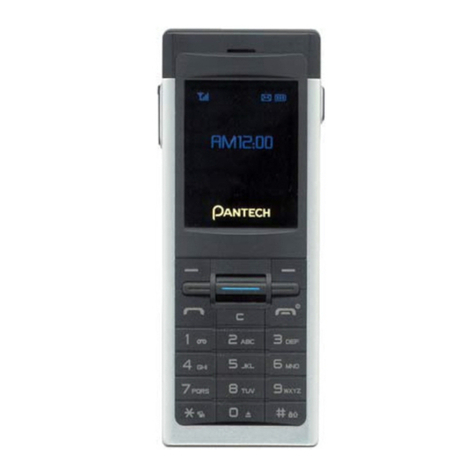
PG-1400 Service Manual
CONTENTS
SECTION 1 INTRODUCTION .............................................................................................................3
1.1 AN INTRODUCTION OF GSM DIGITAL CELLULAR MOBILE COMMUNICATION SYSTEM...........................3
1.2 FREQUENCY ALLOCATION AND ITS USE ...........................................................................................3
1.3 ITEM NAME AND USE......................................................................................................................4
1.4 CHARACTERISTICS.........................................................................................................................4
SECTION 2 ELECTRICAL SPECIFICATIONS....................................................................................5
2.1 GENERAL ......................................................................................................................................5
2.2 TRANSMITTER…………………………………………………………………………………………….5
2.3 RECEIVER…………………………………………………………………………………………………5
SECTION 3 OPERATION....................................................................................................................6
3.1 NAME OF EACH PART…..……………………………….…………………………………………………6
3.2.DISPLAY ..………………….…………………………….………………………………………………..7
3.3 KEYPAD …………………………………….………….………………………………………………..7
3.4 CAMERA MODULE……………………………….…….………….……………………………….…..7
SECTION 4 THEORY OF OPERATION..............................................................................................8
4.1 LOGIC SECTION........................................................................................................................8
4.1.1 DC DISTRIBUTION AND REGULATION PART…………………………………………………………….8
4.1.2 LOGIC PART…………………………………………………………………………………………….8
4.1.2.1 SUMMARY…………………………………………………………………………………………….8
4.1.2.2 BASEBAND DIGITAL SIGNAL PROCESSING…………………………………………………………..8
4.1.3 MEMORY PART………………………………………………………………………………………..10
4.1.4 NOTIFICATION PART .................................................................................................................. 11
4.1.5 KEY PAD PART.......................................................................................................................... 11
4.1.6 LCD MODULE(DISPLAY PART)................................................................................................... 11
4.1.7 CAMERA MODULE
4.2 RADIO TRANSCEIVER SECTION.....................................................................................................12
4.2.1 DC DISTRIBUTION AND REGULATION PART .................................................................................13
4.2.3 RECEIVER SECTION………………………………………………………………….…………….…13
4.2.3.1 AN OVERVIEW OF RECEIVE SECTION.......................................................................................13
4.2.3.2 RECEIVER PART……………………………………………………………………………….……14
4.2.4 TRANSMIT SECTION ..................................................................................................................15
4.2.4.1 AN OVERVIEW OF TRANSMIT SECTION ....................................................................................15
4.2.4.2 TRANSMITTER PART...............................................................................................................16
4.2.5. VCTCXO(VOLTAGE CONTROLLED TEMPERATURE COMPENSATED CRYSTAL OSCILLATOR):…….……16
SECTION 5 ALIGNMENT PROCEDURE..........................................................................................17
5.1 RECOMMENDED TEST EQUIPMENT................................................................................................17
5.2 CONNECTION OF TEST EQUIPMENT...............................................................................................17
SECTION 6 EQUIPMENT REPAIR PROCEDURE ...........................................................................18
6.1 NO POWER ON WITH BATTERY APPLIED ..........................................................................................18
6.1.1 POWER CHECK.........................................................................................................................18
6.1.2 OSCILLATION CHECK ................................................................................................................24
6.1.3 KEYPAD LED NOT IN OPERATION ...............................................................................................25
6.1.4 LCD BACKLIGHT LED NOT IN OPERATION(WHITE)..…………………………………………….. …26
6.2 AUDIO PART(EARPIECE,HANDS FREE EARPHONE,MICROPHONE,HANDS FREE MIC) ..................27
6.2.1 NO RECEIVING TONE HEARD (EARPIECE)..................................................................................27
6.2.2 NO RECEIVING TONE HEARD (HANDS FREE EARPHONE).............................................................28
6.2.3 SIDETONE NOT TRANSMITTED (EARPIECE)................................................................................29
6.2.4 SIDETONE NOT TRANSMITTED (HANDS FREE MIC) .....................................................................30
6.2.5 HOOK SWITCH NOT WORKING ..................................................................................................31
6.2.6 MELODY NOT RINGING.............................................................................................................32
6.2.7 VIBRATOR NOT WORKING …………………………………………………………………...…33
1
PANTECH
